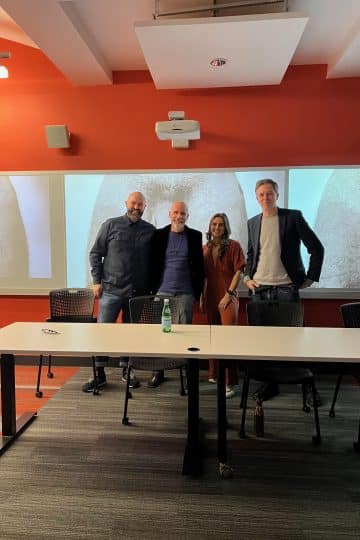How To Move Towards Workplace Equality
Masculinity
Here are some of the key things that need to be addressed to improve the working lives for both men and women, gleaned from our recent 'Gender Gap in the Workplace' event.
Our recent co-hosting event with Bloom called ‘The Bridge: How To Close the Gender Divide At Work’ was a landmark occasion in which men and women from the communications industries joined together to discuss equality in the workplace. It was necessarily an awkward experience in some senses, as there are hard truths that need to be faced (actually showing men the scale of sexual harassment and what it can constitute), and practical difficulties that need to be addressed (policy, and how you actual bring about equal pay while managing profitability demands). But it was also an invigorating experience and a unifying one, as the panel talked about how change to old school male-dominated environments will make for healthier, happier workforces.
Here are some of the main points from the evening.
Workplace Equality Is About Unpicking Out Dated Expectations
Stephanie Matthews (Senior Campaign Manager at Virgin, President of Bloom UK): “Research from the Lean In foundation showed that almost half of male managers were uncomfortable in engaging in common work situations with women, such as working one-on-one or socialising. And 1 in 6 male managers were uncomfortable mentoring female colleagues. So it can be difficult for men to navigate this new terrain with confidence. At the same time there’s been a drive to redefine gender stereotypes for men – what does being a man mean in today’s society? Because at the heart of it men and women are both weighed down by social structures which sign-post how they’re expected to act and behave. We all know these are out dated because they no longer reflect the nuances of what it’s like to be a human in a workplace today. What both genders have in common are vulnerabilities, and by unpicking these we can begin to think about how and why people think and behave in the way they do. This is the key to bridging the divide in the workplace and allowing everyone to thrive.”
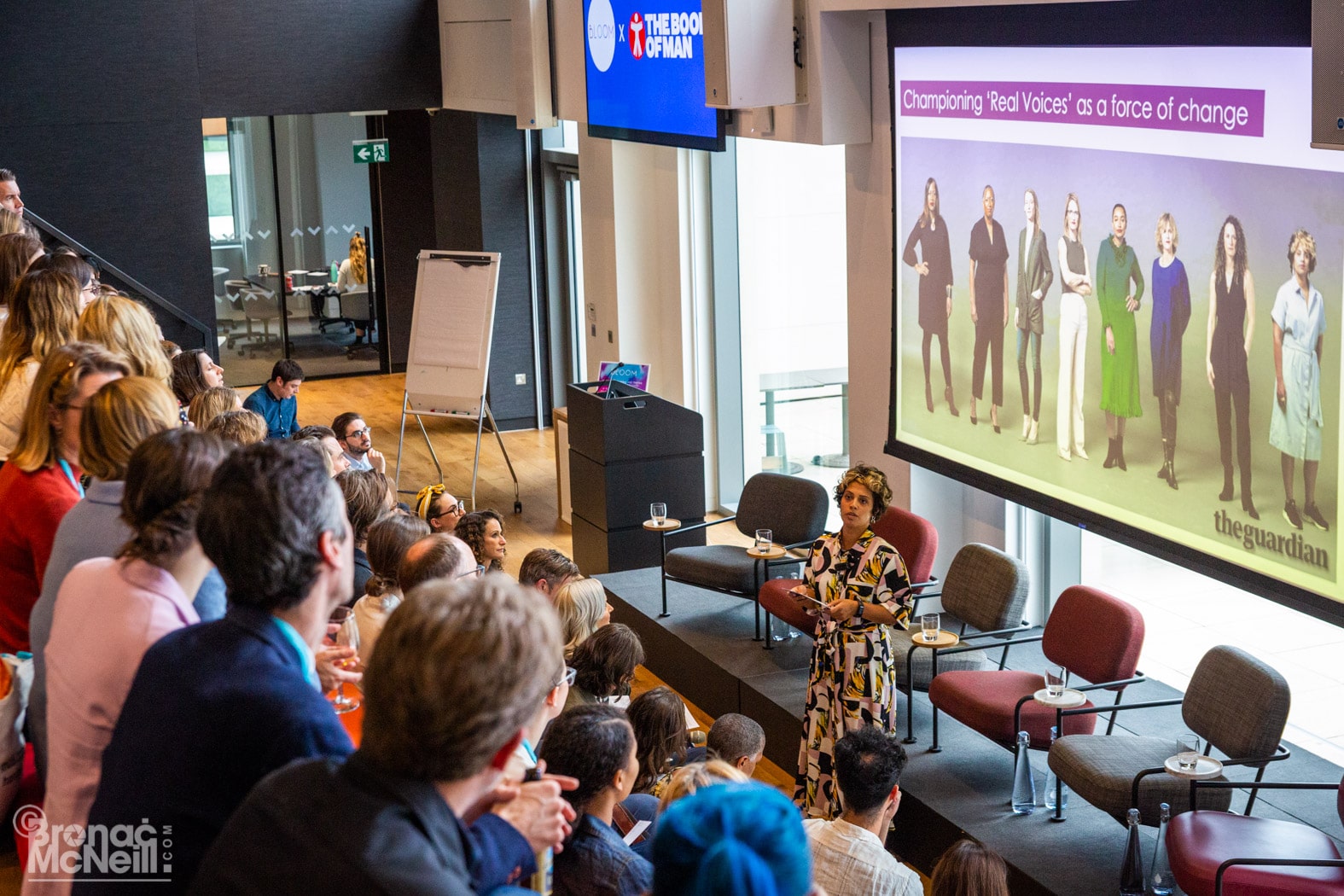
Men Need to Be Brought Into These Discussions…
Will de Groot (Head of Insight, The Elephant Room): “I think we’re at an interesting juncture socially where we’re asking questions about men for the first time. I think the worst thing we can do is back people into corners and currently when we talk about identity we tend to break off and go into silos. It’s a difficult job to go beyond groups. When thinking about the role of men we need to think of inclusive ways to bring everyone into the conversation, for future proofing both workplaces and the wider culture.
…But The Discussions Aren’t Easy.
Sarah Jenkins (CMO Grey London): “I don’t think the divide is getting worse. Clearly we are making progress, but people who are from more privileged backgrounds – men – are going to feel threatened by the progress and are potentially going to push back. While those men who are more ‘woke’ may be frustrated that progress isn’t happening as quick as possible and are getting a bit down hearted. I think we’re at a tipping point with the progress that has been made, but now it’s going to get harder and harder to actually create change. There’s a lot of awareness but I don’t think there’s been a huge shift that we need to see. We need everyone moving forward based on merit and potential. We have to hard on ourselves and honest and transparent about diversity.”
Embrace Different Types of People
Nicola Kemp (Campaign Magazine): “Many of us regardless of gender have felt the need to dial back our humanity and self-edit at work. People can suffer when they hold back parts of ourselves because they don’t fit into traditional workplace models for men or women.”
Be Conscious Of The Changes, Be Mindful of The Hurdles
Xavier Rees (CEO Havas London): “I’m conscious of it all. I behave differently to the way I did 5 years ago. We did a pitch a few weeks ago when we were all men and we were all a bit embarrassed about how laddy it did become. A few years ago I wouldn’t have thought about it.
We have tried to create a mixed team of people in a token way before and it can be a disaster. We’re all learning as we go, we’re all trying to do the right thing but also the worst thing we cn do is flip it the wrong way. No women I know would want to be in a team just because they’re a woman. That would be ridiculous.
Unashamedly we try to field teams that aren’t all blokes or aren’t all women. There are occasions when that conversation gets handled wrong by people. There are occasions when men take great affront that we’re trying to do that. But it’s the right thing to do from a business perspective anyway. Creating more diversity of people means you get more interesting things and your business does better.”
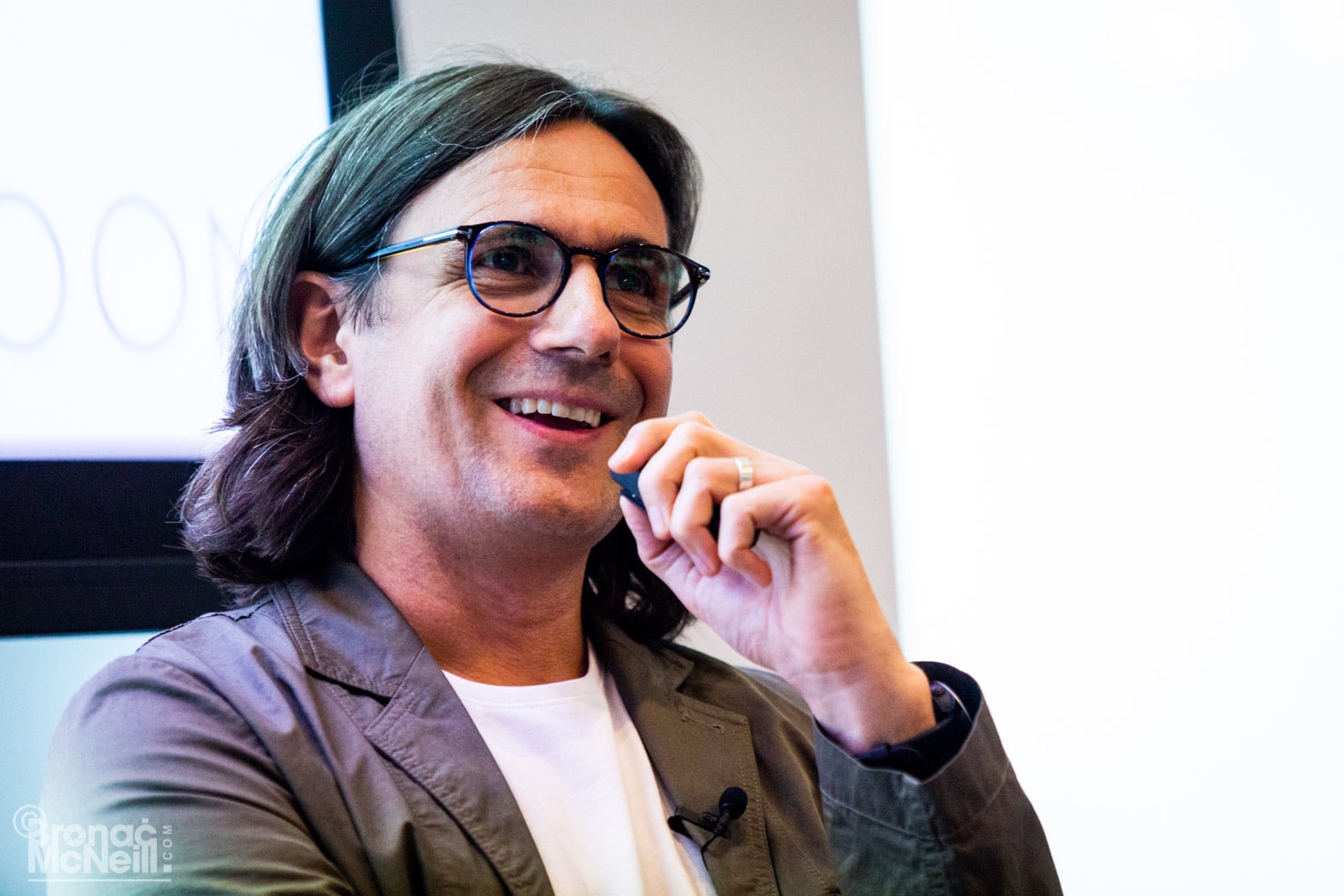
The Importance of Policy
Sarah: Our industry has challenges and we spend a lot of time on the urgent but not the important. We certainly don’t spend enough time on our people and their development. I think there are several things that all should be in place around how we support our talent and how they can deliver on their potential.
We constantly need to be shown what we’re doing well and what we’re not doing well. An immediate policy change is for managers to really look after your team and ensure they know what’s good and what’s bad. And it’s about allowing them to be themselves at work. It can’t be about things like, ‘you need to be more assertive’ – no, if they’re someone who’s incredibly sensitive and struggles with their confidence, it’s up to you as a manager to get them to be themselves and allow them to be brilliant. Talent management!
Accept The Gender Pay Gap Practicalities But Change When You Can
Xavier: “I’m responsible for running a business so there is an uncomfortable truth which is that my clients aren’t going to pay me any more money unless I do more work for them, and if I don’t make as much profit as I’m doing now, I lose my job.
Within that context how do we create change?
I don’t have answer to it all. But I have some observations. You can make faster change in smaller organisations or start-ups because you’re starting it from scratch. It sounds obvious but it’s really important. So if you’re in a network look around at smaller places where you can affect change more quickly and grow it in the right way; bringing in senior women when there aren’t already senior men in those roles.
The other things is growth fuels change. So it’s easier for me to be sitting here having this conversation because Havas London is growing. And we’ve been able to fuel the change at a senior level, partly through natural attrition, but mostly because as we’ve grown we’ve been as likely to hire brilliant women as brilliant men. So I sit now in an organisation where we’ve really turned around the management team in terms of percentages and that has a direct impact on the pay gap – we pay people who put in those senior roles the same, whether they’re a man or a woman.
The truth is I don’t know how we would have done it if we hadn’t been growing. It’s hard if you have people in roles who are doing a good job and you have men who are beign paid more than women, and you’re not growing? How do you force the change?
But if you’re running an organisation or are influential in an organisation, I urge you all to do the Creative Equals ‘Equality Standard’ certificate, because it helps you identify the reasons for all kinds of issues like the pay gap and gender discrimination that might be happening actively or unconsciously.
Look to At Other Work Cultures
Sophia Durrani (Managing Partner at UM London): Some cultures have got it right. Norway has it right. It’s completely transparent. No matter who you are your salary is published online and your taxes. Anyone can access it. And they have the second smallest gender pay gap after Iceland.
The whole idea of transparency on pay is terrifying for a lot of managers because we have such an unstructured pay system. But I think there’s some learning from these other places.”
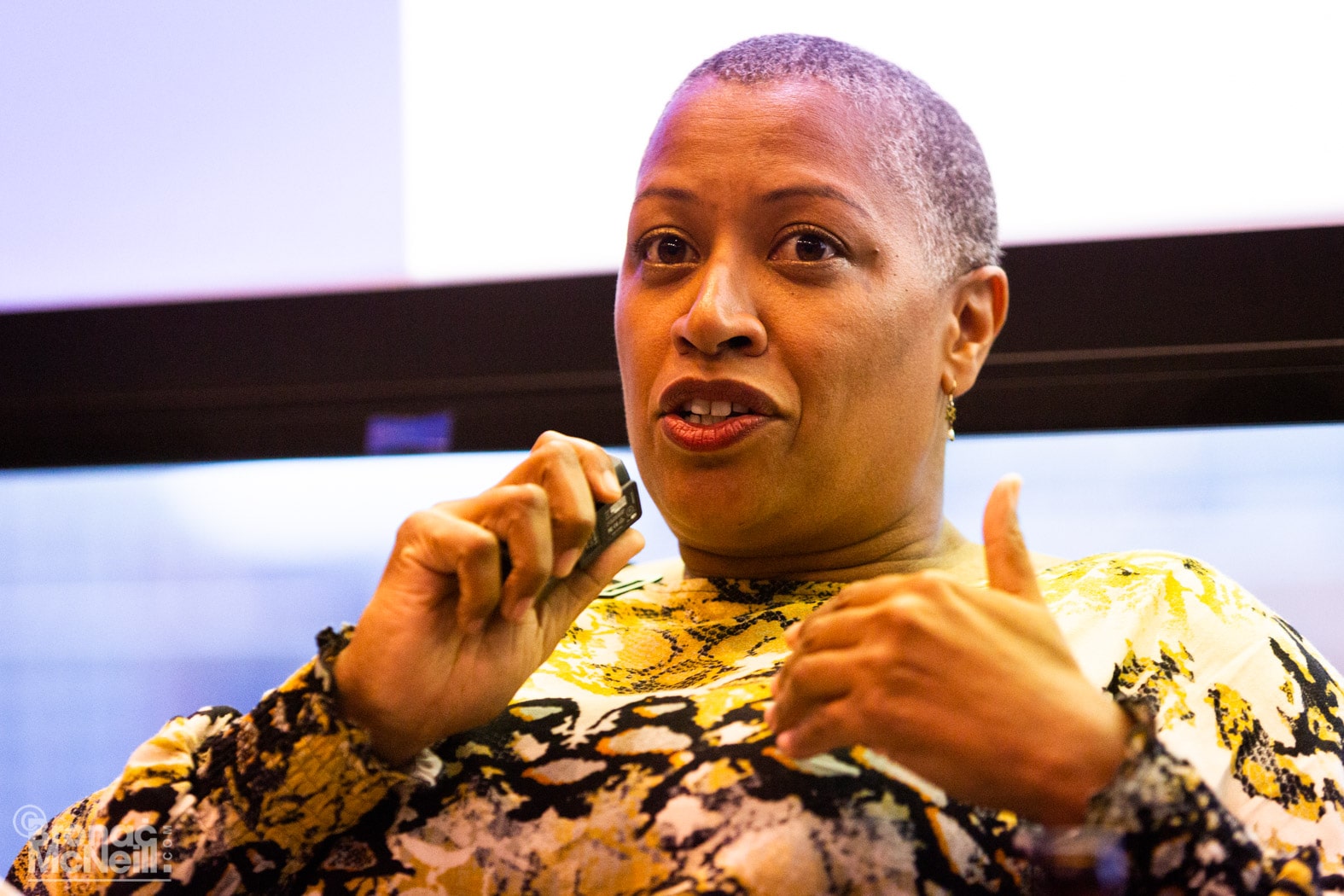
Power Up Everyone Equally in Your Workforce
Sarah: The ADT (Advertising Diversity Taskforce) says there’s a point around head of department level where, despite over 50% of people entering our industry being women, that’s where things pivot and you see lots more men. And by the time you get into senior leadership that falls down to 10% being women. And I think it comes back to making sure everyone’s potential is developed in parallel. You’ve got to have really honest conversations, you can’t hide from it, you’ve got to do everything you can to power up as creatively as possible your workforce. And it’s so important that it’s not just women, that we’re powering up everybody.
Identify The Pinch Points
Nicky: I think the Equality Standard is interesting because that mentions pinch points, like the fact that women’s work is 11% less likely to be entered in for an award. Or women are 12% less likely to have training in a 12 month period. So there’s statistical pinch points.
Apply Nuance To The Pay Gap
Will: The gender pay gay has to be approached with nuance. Because if we talk about women as a homogenised group I think it can reductive. For instance, if you look at the BAME pay gap. There’s a lot of research out there about what BAME women are being paid in comparison to their white counterparts, so we need to take a nuanced approach and start to understand it beyond our own experiences as well.

Make Sure Men Are Part of the Conversation Around Sexual Harassment
Will: “I do a lot of one on one interview with men, where we talk about their experiences. What’s really interesting is it becomes increasingly clear that there’s so much we’re not talking about. The real lived experience of men. This is the tip of the iceberg.
While I agree that men are definitely socialised to think and behave in certain ways, I think we also have to accept that people generally do know the difference between right and wrong.
But it has to handled with care because you risk alienating a lot of people who need to be part of the conversation if progress is going to be made. And I think a lot of the guys I interview are feeling is a sense of confusion and a loss of identity. There’s a template and a model for how to be a man, and how to act like a man, that’s very much rooted in the past. But there is no blueprint for a future model of what that looks like, so there’s a sort of paralysis that is happening, particularly with young men. How do we create spaces whereby we can take men along that journey? What is that new framework for guys to navigate?
I think in the first place it’s trying to understand themselves for the first time. When they’ve been trying to live up to this idea of what a man is, and finding there’s a complete disconnect with it, which doesn’t reflect the idea of who they feel themselves to be. So what are we doing to open up spaces and allow men for the first time to really discover who they are and what they’re about?
The Need To Escalate Harassment Issues To Managers
Sarah: “On a practical level we have to have more conversations with people. The ‘Time To’ campaign by the Advertising Association is fantastic, but we know it’s nuanced and we have to sit there with our teams and our brothers and talk about what’s ok and wha’t not ok. It’s critical that we have these big conversation and small conversations, and when we see bad behaviour, that we escalate it. It’s the only way we will resolve this and see the right behaviours. Leaders have to a beacon – it’s not about right or wrong but about ‘come and tell me’.
I think we also have to avoid the rhetoric of confusion: ‘I didn’t know it was sexual harassment’. We know what’s ok and what’s not ok. “
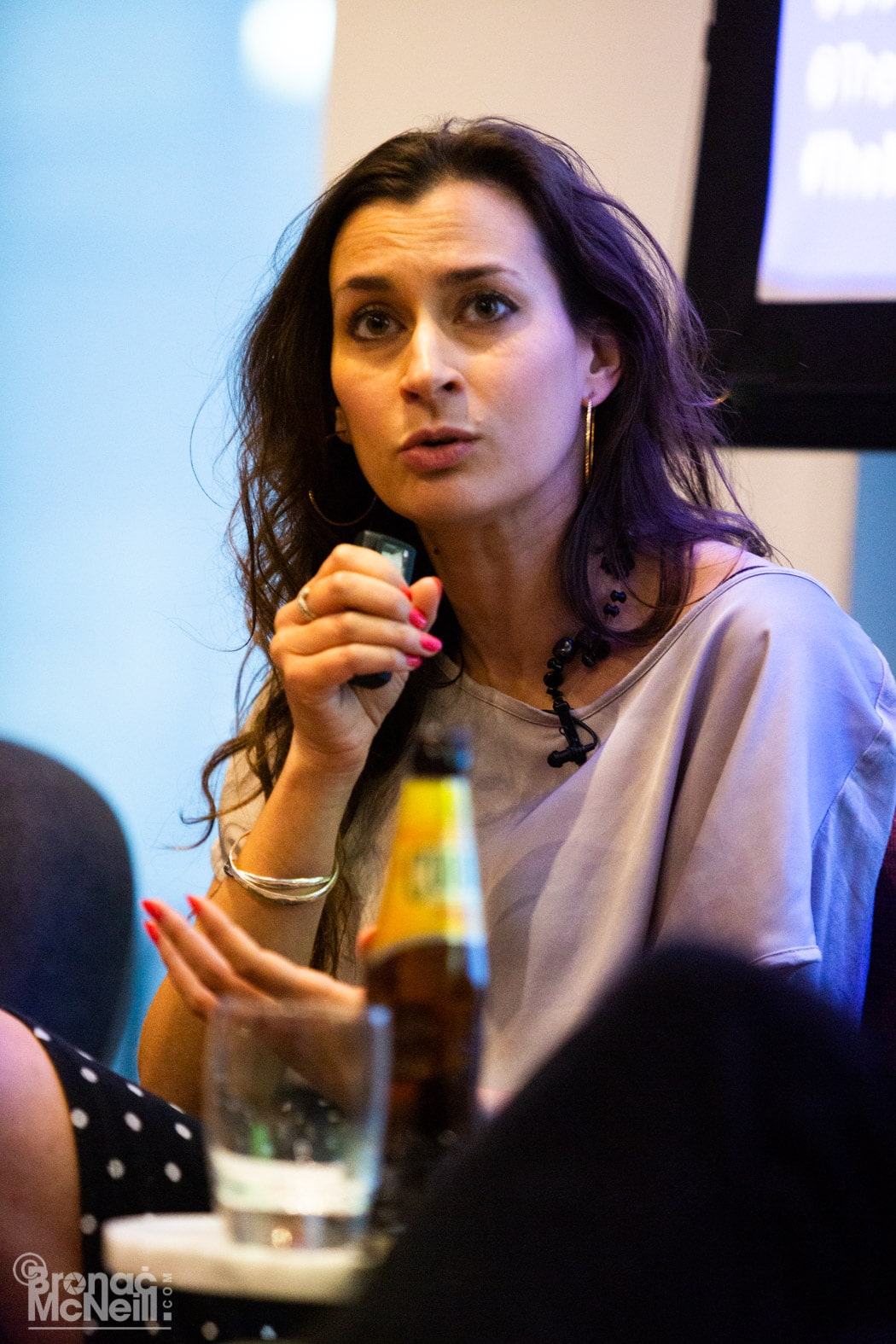
Sexual Harassment Needs To Be Properly Understood
Sophia: I think saying to people the minute you’re making people feel uncomfortable is where you have to draw the line. And I think the conversation has to happen not just for the men but for also for the women. I think a lot of women are unaware of what is going too far. So that can prevent them escalating things.
I read an article that 2 out of 3 men don’t feel that repeatedly asking a women out for a dinner date is sexual harassment. But if youre constantly doing it and making someone feel uncomfortable, then it is. We have to have these conversations.”
We Need To Deal With All This With Good Sense
Nicky: “It can be frightening and scary for men to talk about these things. I had a guy who said, ‘My wife’s a lawyer and she told me not to mentor women under 30 now, because of #metoo.’ And my knee jerk reaction was was, ‘Does your wife not like you?’ Because that’s not a rational decision and I think there’s some parts of this conversation that we need to be really sensitive about and there’s some parts that we just need to shut down. Of course men need to mentor women, of course men need to be in this discussion, so how can we create a space in which it’s possible to do that?
Read more about Bloom and their new male-female mentoring program, The Exchange.
Trending
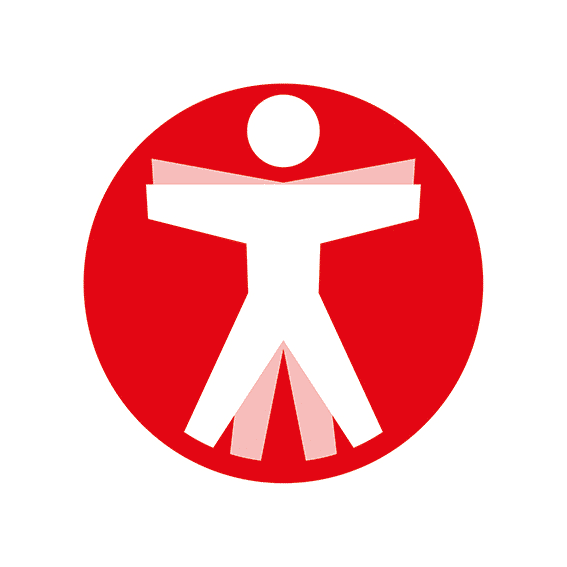
Join The Book of Man
Sign up to our daily newsletters to join the frontline of the revolution in masculinity.














